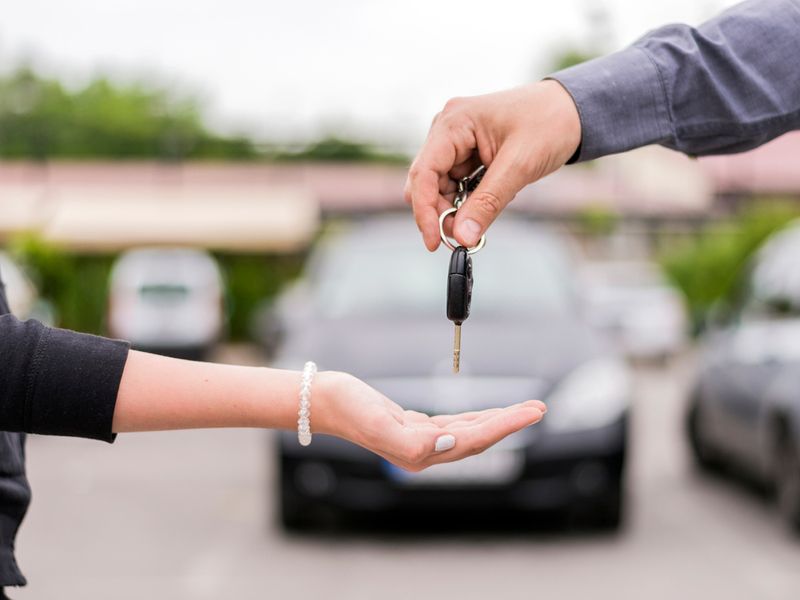
Millennials will lead the car ownership boom over the next six months, as the world continues to reel from the impacts of the pandemic on personal mobility.
There is a growing trend toward personal car ownership as a result of COVID-19, and people ages 24 to 39 will lead the push, according to consulting group EY’s 2020 Mobility Consumer Index, released Thursday.
Millennials will represent 45 percent of the nearly one-third of people without a vehicle who intend to buy one in the next six months, the study predicts.
“The COVID-19 pandemic is reshaping the marketplace,” John Simlett, EY global future of mobility leader, said in a statement. “Millennials leading the increase in global car ownership would have been unthinkable a year ago, particularly in terms of buying non-electric cars. The industry should recognize that there is a new market out there that didn’t exist until very recently.”
Of those non-owners seeking a new vehicle, 71 percent are looking to buy a gasoline or diesel model, 23 percent are looking to buy a hybrid, and just 6 percent are looking to purchase a full-electric vehicle.
The study, which surveyed more than 3,300 consumers across nine countries, also found that 20 percent of people who own a car are open to purchasing an additional vehicle, also because of COVID-19.
Respondents from Italy and Germany are more likely to purchase a new car, the survey found. Respondents from China are most likely to increase their car usage, closely followed by India and Germany.
Seventy-eight percent of respondents say they are more likely to use their cars for travel — vs. other modes of transportation — post-pandemic, with millennials making up 52 percent of that number. Airlines, trains and other forms of transit have taken major hits during COVID-19.
Public transit
In addition to trends in personal ownership, EY anticipates public transportation to continue to be hit. Riders have shied away due to concerns over being in shared spaces with poor ventilation in close proximity to other riders.
Based on the survey, EY forecasts a 69 percent reduction in public transport use for work, a 61 percent fall in usage for leisure and entertainment pursuits, and a 53 percent decline for household and social travel.
“With more people buying cars and car usage expected to increase, this leaves policymakers with some very difficult questions to answer: How to accommodate all these cars on our roads [yet] aim for a more diverse mobility mix?” Simlett said. “How will this trend impact public transport investment? Quite simply, is this sustainable, and if not, what needs to be done and by whom?”